Up until 3 weeks ago, I guess I never really appreciated how unique the Beechcraft 1900D really is. Illustrating these blank side view templates (below) made me realize that it’s probably one of the most unique looking turboprop airliners in existence.
And by “unique” I actually mean “weird.” Not that there’s anything wrong with that, because it’s usually the weirdest looking aircraft that perform the best. They’re designed that way for a reason.
Blank side view templates of the Beechcraft 1900D
Because I knew so little about the 1900D before starting these illustrations, I naively assumed that it would be a simple fuselage extension of the King Air B200 that I already created drawings for. With some other minor tweaks of course.
It turns out that my assumptions were massively incorrect. The 1900D is unlike any other side view aircraft template that I’ve created so far.
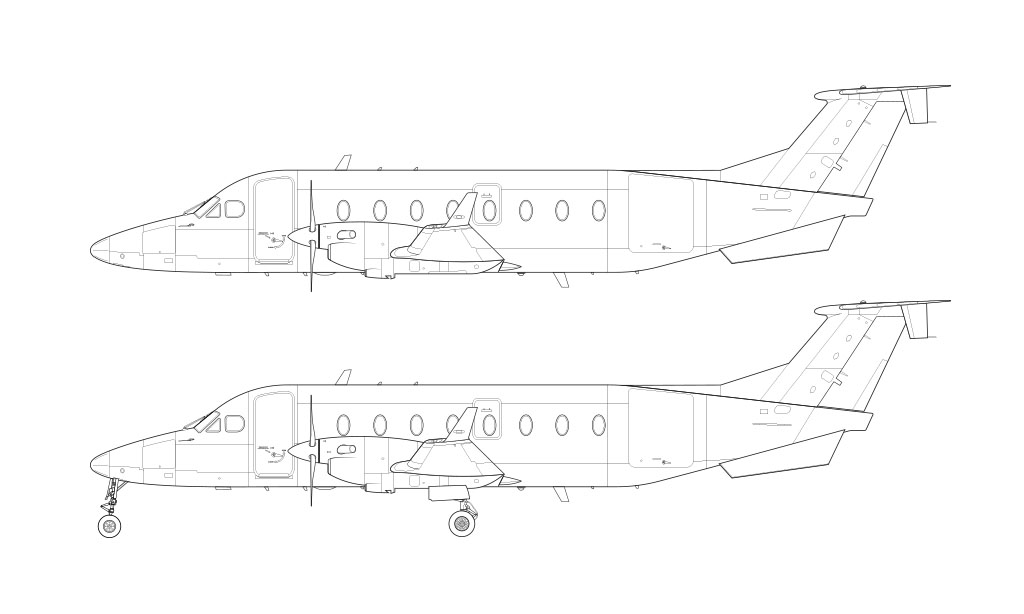

The most notable design element of the 1900D is the large forehead. I realize they had to do that in order to make it so that the average person could stand upright inside, but it’s a uniquely odd design element nonetheless.
What exactly is a Beechcraft 1900D?
The 1900D is a taller variant of earlier Beechcraft 1900 models. It’s essentially the same aircraft as the 1900 and 1900C models, with the major difference being a taller ceiling. This greatly increased passenger comfort, and turned the 1900D into a more attractive option for airlines needing a versatile 19-seat turboprop aircraft for their fleets.
Of course, I mean “attractive” in a performance sense. Not visual. Defend it however you want, but I still think it’s an odd looking aircraft.
Raising the ceiling added more weight and increased the drag coefficient, so larger and more powerful engines were required (Pratt & Whitney Canada PT6A-67D turboprops).
Winglets and a slightly larger vertical stabilizer helped to improve the aerodynamics. Frankly, the winglets alone helped to offset the weirdness of the raised ceiling IMHO.
Other neat facts about the Beechcraft 1900D
As it always seems to happen whenever I illustrate side profile aircraft templates, I learn a lot of things that helps me to appreciate it more than I did. Here are some neat little tidbits of information that I leaned while creating these 1900D templates:
- The 1900D was the best selling version of any 1900. A total of 439 were built.
- Fully loaded, the 1900D had a range of just 439 miles. Empty, it could fly 1,432 miles. Slightly off topic, but…how do you suppose they came up with such specific figures?
- It’s a highly versatile aircraft that can land on grass and gravel runways.
- The high ceiling design makes it a popular choice as a freighter. It can carry as much weight as an Embraer EMB-120, and total cargo space is 900 cubic feet.
- It can be operated by a crew of just 1. For airline use, it requires 2.
- There have been a total of 8 reported crashes of the 1900D. All of them resulted in fatalities unfortunately.
- It had a fairly long production run (1991 to 2002).

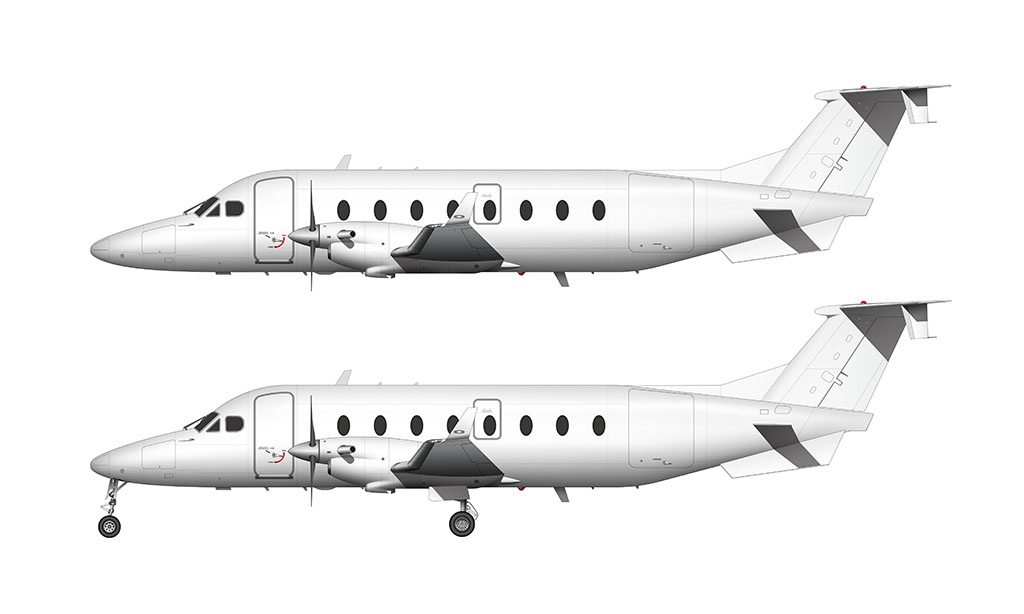
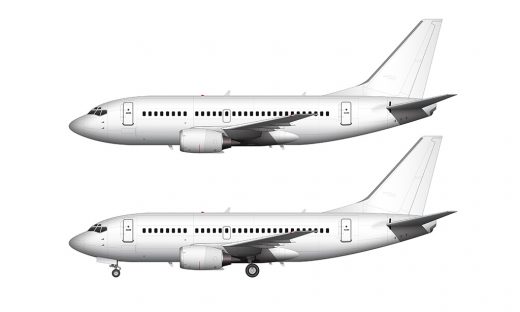
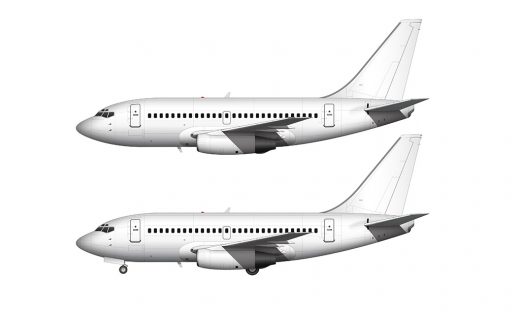
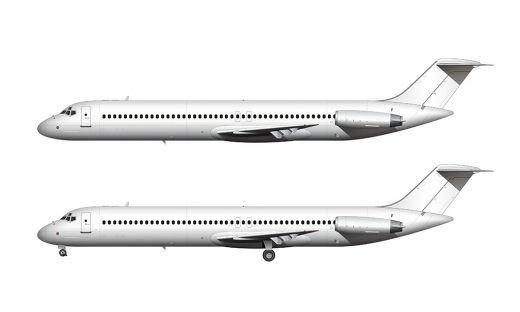
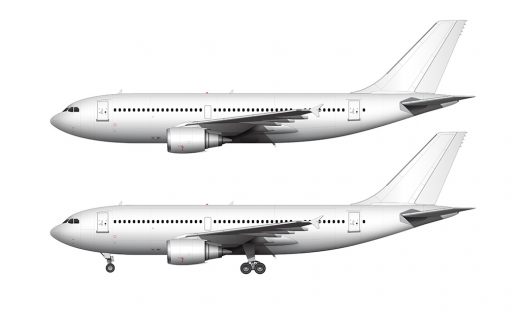
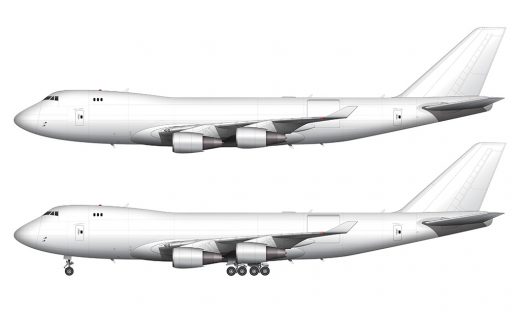
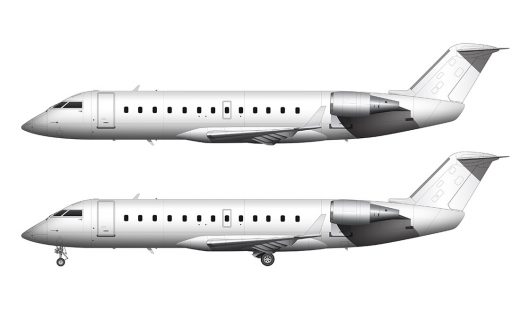
Any chance of a Jetstream 41 please?
I actually need to create an illustration of that for another project, so it’s going to happen.